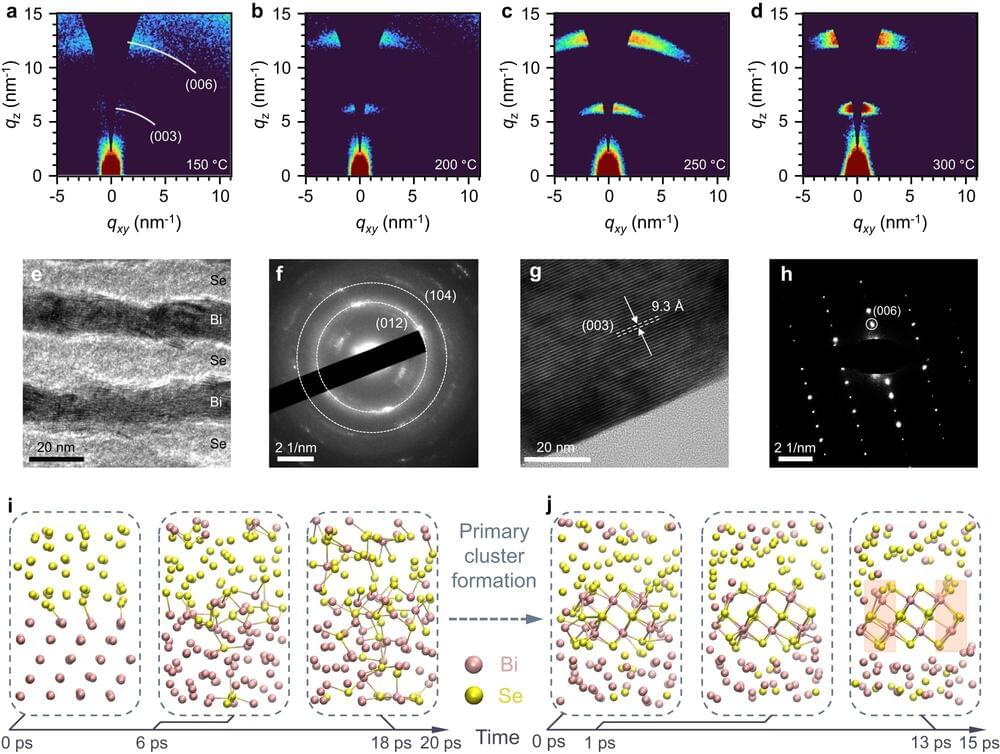To overcome these obstacles, the research team developed a novel pulse irradiation synthesis method that achieves both a low processing temperature and an ultra-short reaction time, surpassing the capabilities of conventional techniques.
With the new method for preparing metal sulfide thin films at low temperatures, these detectors can now achieve higher performance on suitable flexible substrates. This creates exciting possibilities for thermal imaging applications in security monitoring, fire detection, military surveillance, and other fields.
Additionally, the photothermoelectric effect allows for the conversion of invisible infrared light into electrical signals, paving the way for applications in high-speed communications and optical signal processing.
